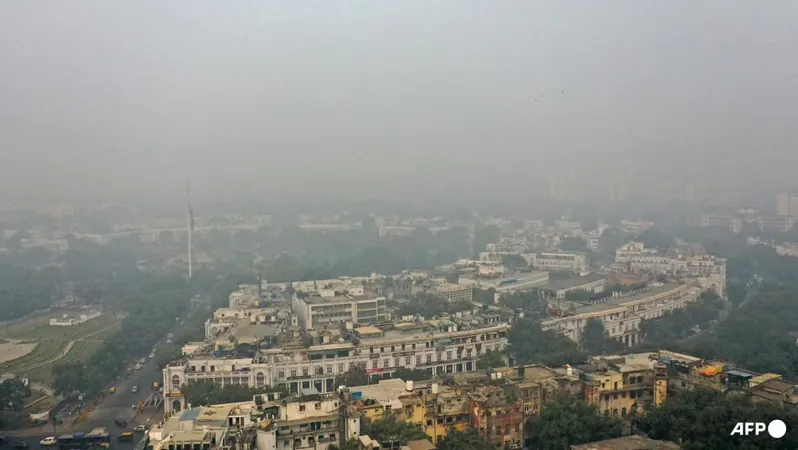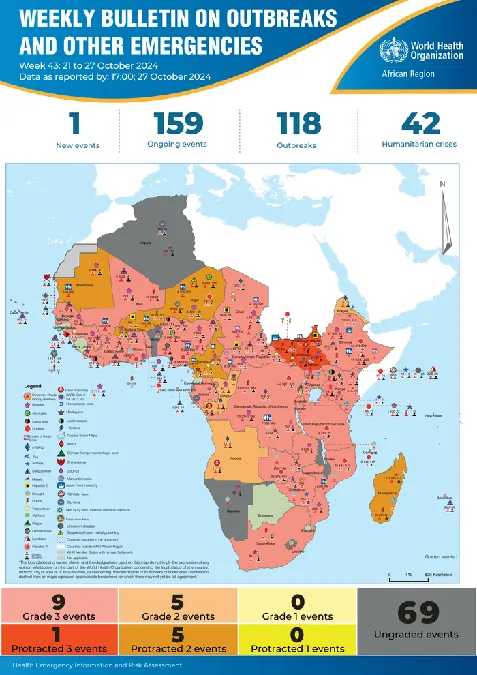
Unseen Dangers: How Communication Gaps and Infrastructure Can Endanger Our Low-Moisture Foods
2024-11-21
Author: Wei Ling
Unseen Dangers: How Communication Gaps and Infrastructure Can Endanger Our Low-Moisture Foods
Low-moisture foods, ranging from dried fruits and tree nuts to wheat flour, have historically been viewed as low-risk for microbial contamination. However, a disturbing rise in outbreaks linked to bacteria-tainted low-moisture products has led to significant product recalls, legal disputes, and staggering financial damages in the food industry.
Recognizing this alarming trend, researchers at Purdue University are diving into research that targets the safety standards in this niche yet crucial sector. Under the leadership of Yaohua Feng, an associate professor and Extension specialist at Purdue's Department of Food Science, a team has unearthed various hurdles that threaten the safety of low-moisture foods. These include deficiencies in hygienic design, ineffective risk communication, resistance to behavioral change, and limited resources for safety improvements.
As part of their efforts, Feng, along with Ph.D. student Han Chen and collaborators from the Center for Low-Moisture Food Safety, conducted a comprehensive needs assessment. They aimed to understand the existing food safety culture, identify educational needs, and pinpoint significant barriers to implementing food safety technologies. Their groundbreaking findings have been shared in the Journal of Food Protection.
Working in collaboration with food engineers, microbiologists, economists, and risk assessors from several universities, Feng’s lab specifically investigated human factors that influence food safety, focusing on expectations and behaviors related to low-moisture food handling.
The research included two pivotal studies: one featuring online interviews and discussions with top management in the dry food sector, and the second consisting of an anonymous survey directed at industry experts. Participants spanned government agencies, food companies, and academic institutions.
Feng stresses the reactive nature of the industry regarding food safety: “Historically, sanitation technologies and validation data concentrated on high-moisture foods. There’s a notable lack of literature addressing low-moisture-specific challenges.” He highlighted a critical point: while high-moisture food production relies on water for sanitation, introducing water in low-moisture food processes could not only contaminate but exacerbate existing safety problems.
One striking outcome from their research is the recognition of infrastructure challenges. Many production facilities were not originally designed with food safety in mind. “Traditionally, microbial food safety wasn’t prioritized for low-moisture foods; hygienic design considerations were often overlooked in older facilities,” Feng explained. “Moreover, consumer awareness regarding low-moisture food safety is even lagging behind that of the industry, largely because home kitchens lack regulatory oversight.”
The study also revealed a significant communication barrier when it comes to conveying food safety risks in the industry. Despite the misconception that low-moisture foods are inherently safe, convincing management and staff of the importance of food safety investments remains a challenge.
“Tailoring risk communication to your audience is essential. Upper management, who often control resource allocation for safety changes, need to hear the potential repercussions of being involved in an outbreak,” Chen advised. “One outbreak can have catastrophic ripple effects, not just for a single company but for the entire industry.”
While this study does not lay out definitive best practices, it serves as a crucial roadmap for future research and efforts in food safety. The need for a collaborative and united front has been established.
“Our research has identified the pressing needs, and now we're working to address them. We envision a future where industry, government, and academia forge a strong alliance to tackle food safety challenges together,” Feng concludes. “With the right tools, assessment methodologies, and a collective commitment from all stakeholders, we can pivot towards a safer food environment for everyone.”
As low-moisture foods become prevalent in diets worldwide, it’s imperative that these sectors prioritize safety. Addressing these challenges today can prevent disastrous outbreaks tomorrow. Stay informed and ensure your food choices are safe!




 Brasil (PT)
Brasil (PT)
 Canada (EN)
Canada (EN)
 Chile (ES)
Chile (ES)
 España (ES)
España (ES)
 France (FR)
France (FR)
 Hong Kong (EN)
Hong Kong (EN)
 Italia (IT)
Italia (IT)
 日本 (JA)
日本 (JA)
 Magyarország (HU)
Magyarország (HU)
 Norge (NO)
Norge (NO)
 Polska (PL)
Polska (PL)
 Schweiz (DE)
Schweiz (DE)
 Singapore (EN)
Singapore (EN)
 Sverige (SV)
Sverige (SV)
 Suomi (FI)
Suomi (FI)
 Türkiye (TR)
Türkiye (TR)